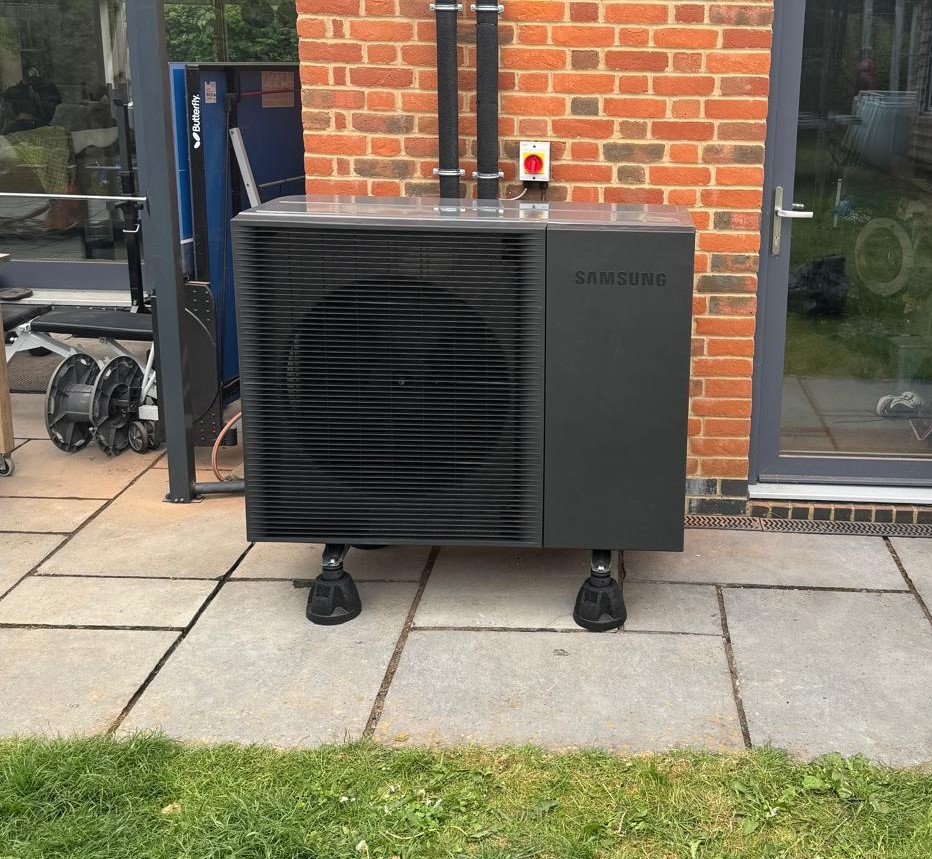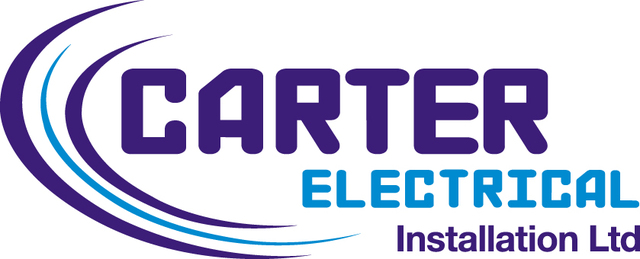Autumn-Proof Your Home: Renewable Energy Products for the Colder Months
As the days shorten and the temperature drops, many of us start to think about the coming winter and the inevitable rise in our energy bills. But nowadays, autumn doesn’t have to mean a complete reliance on fossil fuels. In fact, it’s a fantastic time to invest in renewable energy products that are specifically designed to work efficiently even when the sun isn’t at its peak.At Carter Renewables, we believe in making sustainable living a reality for everyone, all year round, and whatever the weather. Here are some of the best renewable energy products to help you save money and reduce your carbon footprint this autumn and beyond.
1. High-Efficiency Solar Panels

It’s a common misconception that solar panels only work on bright, sunny days. While direct sunlight is best, modern photovoltaic (PV) panels are incredibly efficient at converting daylight, not just sunlight, into electricity. This makes them a great option for the UK’s often-cloudy autumn weather.
In fact, cooler temperatures can actually improve solar panel efficiency. The optimal operating temperature for most panels is around 25°C, and their performance can decrease slightly as temperatures rise. The brisk autumn air and October winds can therefore provide a perfect environment for them to work their magic.
Top Tip: To get the most out of your solar panels in autumn, make sure to keep them clean. Fallen leaves, dust, bird droppings and other debris can accumulate, reducing their efficiency. A quick rinse with a hose can make a big difference, or contact us for a full professional-grade clean.
2. Battery Storage Systems
Solar panels generate the most electricity during the day, which might not always align with your household’s peak energy usage in the evening. This is where a home battery storage system, such as a Tesla Powerwall, becomes a game-changer.

By installing a battery, you can store the excess energy your solar panels generate during the day and use it to power your home in the evening and overnight. This significantly reduces your reliance on the grid and allows you to make the most of your clean, self-generated power. It’s a fantastic way to ensure your home remains energy-secure, even as daylight hours decrease.
Top Tip: Look for a battery system with a smart energy management feature. This allows the system to learn your energy usage patterns and automatically optimise when to store and when to use power, maximising your savings.
3. Air Source Heat Pumps
As the chill sets in, heating your home becomes a top priority. Instead of relying on a traditional gas boiler, consider an air source heat pump. These innovative systems absorb heat from the outside air, even on cold days, and transfer it into your home to provide heating and hot water.
Heat pumps are incredibly efficient, often providing more heat energy than the electrical energy they consume. They are an excellent way to reduce your gas consumption and lower your carbon emissions, making your home’s heating system much greener. They are also often eligible for government support schemes, making the investment more accessible.
Top Tip: Ensure your home is well-insulated before installing a heat pump. A well-insulated home will retain heat better, meaning your heat pump won’t have to work nearly as hard, leading to even greater efficiency and lower running costs.

4. Energy-Saving Upgrades
While not a product that generates energy, making your home more energy-efficient is the first and most crucial step towards a greener, more affordable home. Simple measures like professional draught-proofing, improving insulation in your loft and walls, and switching to smart LED lighting can drastically reduce your energy consumption. By reducing the amount of energy you need, any renewable products you install in the future will go even further. In addition to this, why not consider real-time monitoring of your renewables, to give immediate insights on how your systems are working at any given time.
Top Tip: Carry out a home energy audit. Many energy companies and local authorities offer these for free or at a reduced cost. It’s a great way to identify where your home is losing the most heat and what upgrades will provide the biggest return on investment.
At Carter Renewables, we offer comprehensive advice and a range of products to help you make these changes. Contact us today to discuss how we can help you prepare your home for this autumn and beyond, with a tailored renewable energy solution.
